Masculinity of a Proletarian: Media Representations of Male Daily and Leisure Activities of the 1920–1930s
DOI https://doi.org/10.17721/2522-1272.2020.77.4
UDС 007:070.19
Masculinity of a Proletarian: Media Representations of Male Daily
and Leisure Activities of the 1920–1930s
Olga Khamedova, PhD. (philol. sci), Associate Professor Institute of Journalism at Borys Grinchenko Kyiv University
https://orcid.org/0000-0002-9545-4464
ABSTRACT
The article analyzes the male daily and leisure activities among the Ukrainian workers, reflected in the press of the 1920–1930s. The objective of the article is to study the specifics of media representations of male daily and leisure activities and to determine the features of modeling the normative masculinity of a proletarian in the 1920s and 1930s.
Research results. Based on the analysis, the conclusions are drawn about the normative masculinity of the Soviet proletarian of the 1920–1930s, reflected in Ukrainian newspapers and magazines. The Soviet construct of masculinity consisted of two models – ideal and real. According to the journalists of that time an exemplary proletarian was a physically strong man, certainly a Komsomol member or communist, capable of performing the labor, sports and / or military heroic acts for the sake of party and homeland. The propaganda of physical education and sport had military connotation, because sports organizations were entrusted with the task of preparing the men for a future war with the capitalist countries. Some forms of cultural recreation were popularized in the press: visits to work and other clubs, libraries, non-alcoholic picnics in nature etc.
However the journalists of the 1920s and the early 1930s designed also another, more reliable model of the proletarian, through reflection of social reality and everyday context of working life. The daily and leisure activities formed the proletarian life style, which included alcohol abuse, primitive habits in everyday life, gambling, etc. Сonclusions. In the Ukrainian Soviet press of the 1920s, two versions of normative masculinity of the proletarian coexisted – official and popular. In the 1920s, a lot of critical materials appeared in the Ukrainian press regarding the life and leisure activities of proletarians. But in the 1930s, such reports almost disappeared from the newspapers, and embellishment of reality and mass dissemination of the ideal proletarian image, ready for labor exploits and defense of the fatherland from capitalist enemies, became a general tendency.
Significance. In the modern media studies one of the key points is that media texts form social identity and subjectivity. The study of interconnections and interactions within the framework of the paradigm media – ideology – society is important and promising area, including the historical aspect.
KEYWORDS: masculinity; male activities; worker; everyday life; leisure.
77_4[download url=”http://www.scientific-notes.com/wp-content/uploads/2020/12/77_4.pdf” title=”Link to the article’s PDF-file”]
